Part 1: What is a Personal Loan, Different Types, What Can it be Used For, How to Get a Personal Loan
Part 2: Advantages and Disadvantages of a Personal Loan, Should You Take a Personal Loan
Introduction to a Personal Loan for Kids and Teens
This video explains the concept of a personal loan in a simple, concise way for kids and beginners. It could be used by kids & teens to learn about personal loans, or used as a money & personal finance resource by parents and teachers as part of a Financial Literacy course or K-12 curriculum.
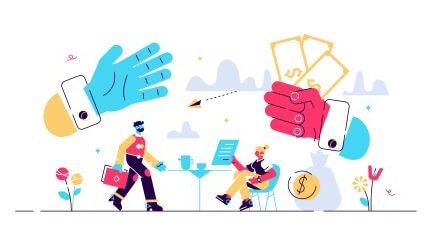
Suitable for students from grade levels:
- Kindergarten
- Elementary School
- Middle School
- High School
The topics covered are:
- What is a personal loan
- Are there different types of Personal Loans
- What can you use a personal loan for
- How can you get a personal loan
- What are the advantages of a personal loan
- Are there any disadvantages
- Should you take out a personal loan
What is a personal loan?
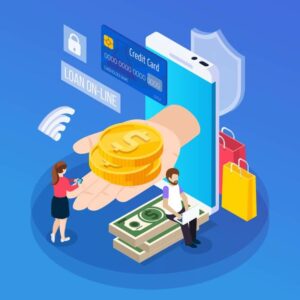
A personal loan is money borrowed by an individual from a bank or any other financial institution that is repaid through monthly installments over a set period.
Unlike other loans – such as a mortgage, or an auto loan – a personal loan can be used for pretty much anything: from home renovations to travel to paying off debt.
The loan amount could range from $1,000 to $50,000, and repayment period could be between 1 and 7 years.
While a lot of people look for low interest personal loans, the interest rates can be as low as 6% or as high as 36%.
Are there different types of Personal Loans?
Personal loans can be classified as secured or unsecured.
Most personal loans are unsecured, meaning they are not backed by collateral. These are approved based on the borrower’s creditworthiness, determined by their credit score, income, expenses, current debt, credit report, etc.
While anyone can get an unsecured personal loan, the higher your credit score the better are the terms of the loan.
With a secured personal loan, you need to provide something as collateral – like a vehicle or stocks. If you are unable to repay the loan, the lender can sell the collateral to recover their money.
Since the risk is less for the lender, these loans have a lower interest rate without the need for a very high credit score.
Personal loans can also be classified as fixed-rate loans, where the interest rate is fixed for the entire duration of the loan, or variable-rate loans, where the interest rate fluctuates based on market changes.
While fixed rate loans are the most common, both secured and unsecured loans can have either a fixed or variable interest rate.
What can a personal loan be used for? Can I use a personal loan for any purpose?
Personal loans are very flexible and can be used for pretty much anything.
Debt consolidation is a very common use of personal loans – if you have high interest debt like credit card debt, you can take out a personal loan to pay it off and save a lot of money on interest.
This strategy also allows you to consolidate many credit cards’ balances into a single personal loan, so you only have 1 payment to keep track of every month.
Some other uses include undertaking home improvement projects, taking care of emergencies like medical bills, financing big events like a wedding, or making large purchases like furniture or appliances.
How to get a personal loan: How does the personal loan process work?
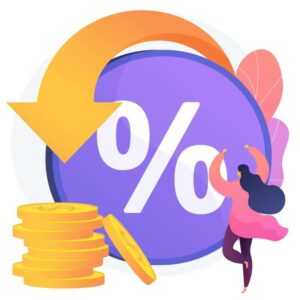
Before you make a formal application, you need to make sure your credit score is good so you get the best terms.
Then, you should compare different banks, credit unions or online-only lenders based on the terms they offer.
Once you choose the lender with the lowest APR, you can make a formal application with the lender. The lender would review the application and perform a credit check.
If approved, you’ll get the funds within a week and will need to start making repayments as per the terms of the loan.
What are the advantages of a personal loan?
The biggest benefit of a personal loan is that it can be used for pretty much anything: from debt consolidation to emergencies to vacations to weddings.
More often than not it doesn’t need to be backed by collateral. The process to get a personal loan is fairly quick and simple.
The interest rate on personal loans is often less than that of credit cards and other high interest debt, so you can take a personal loan to pay off your existing debt. This will not only save you a lot of money in interest, but you will only have one payment to worry about each month.
Finally, as you make timely payments each month, you build your credit history and can improve your credit score.
Are there any disadvantages?
The biggest benefit of personal loans may also end up being a huge disadvantage. Since it’s so easy to get a personal loan for any use, it might be tempting to go overboard, and you might end up piling on unnecessary debt.
Since most personal loans are unsecured, you need to have a very high credit score to get a lower interest rate. If your credit score isn’t high, you might need to provide collateral, which will be seized by the lender if you default on your payments.
There could be many fees associated with a personal loan, like origination fee, late payment fee, prepayment penalty, etc., which can add up over time.
Finally, if you delay or miss your payments, your credit score will be significantly impacted.
Should I take out a personal loan?
That depends on what you are planning to use the money for and how good your credit score is.
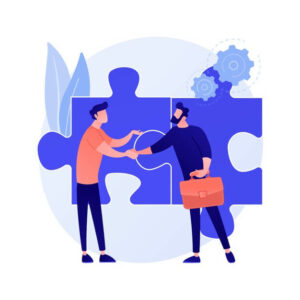
It’s a great idea to use a personal loan to pay off higher interest debt.
But if you are using it to pay for a large expense – like a vacation – you should probably save up money beforehand instead of taking out a personal loan. This way, you won’t get sucked into a cycle of debt, which can be especially deadly if you have a poor credit score.
Whatever the case, only take out a personal loan if you can afford to pay it off, have reasonably good credit, and aren’t using it to buy something you can’t actually afford.
Don’t forget to comparison shop to get the best terms possible!
If you are still unsure, some of the alternatives you could consider include a home equity loan or a personal line of credit.
Download Transcript: Ideal for Use by Teachers in their Lesson Plan to Teach Kids & Teens
Part 1: What is a Personal Loan, Different Types, What Can it be Used For, How to Get a Personal Loan
Part 2: Advantages and Disadvantages of a Personal Loan, Should You Take a Personal Loan
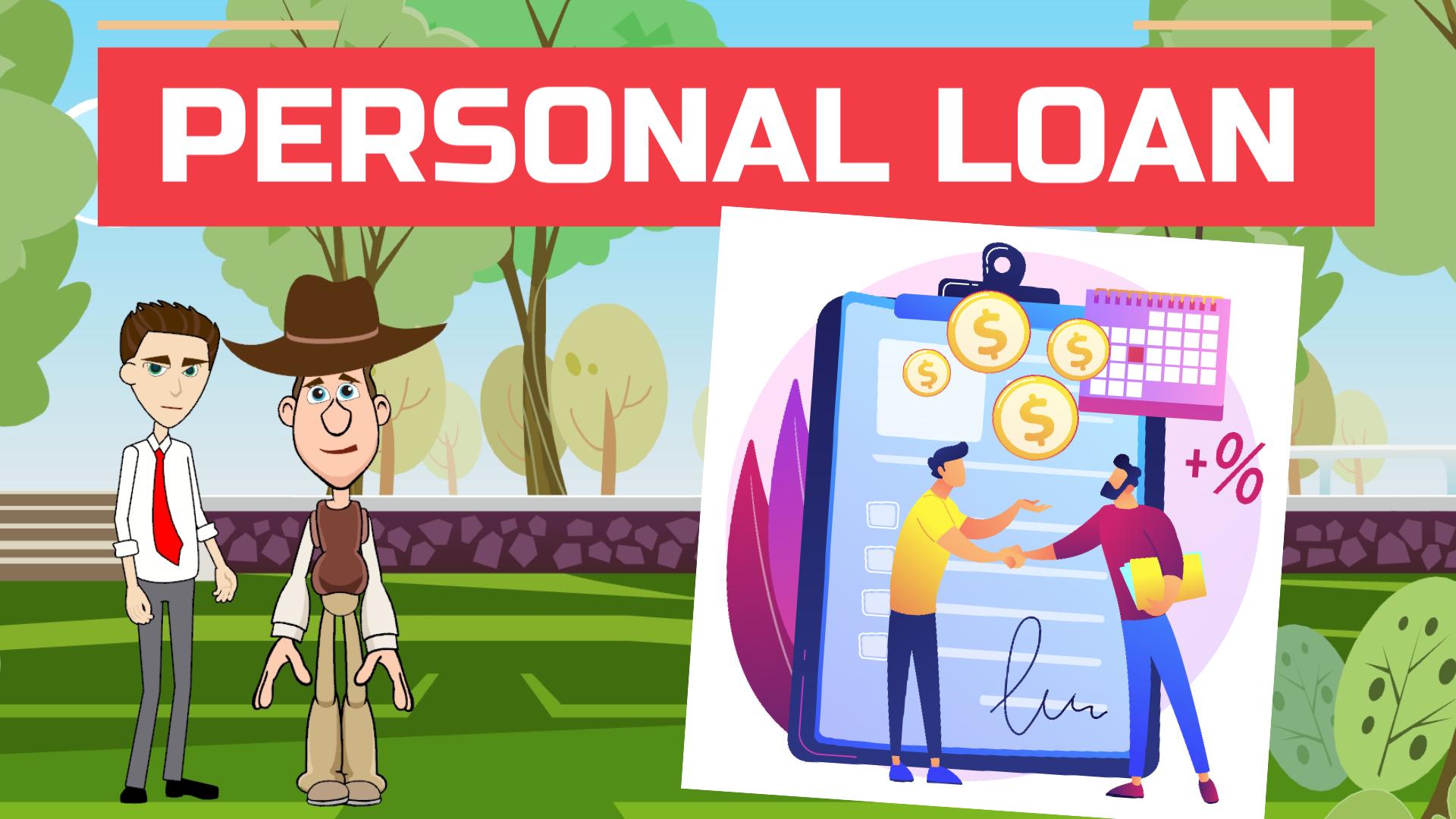

Nice explanation …keep going on